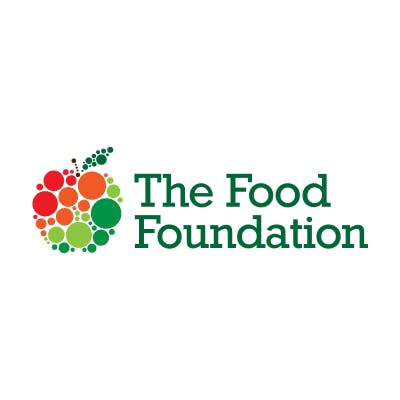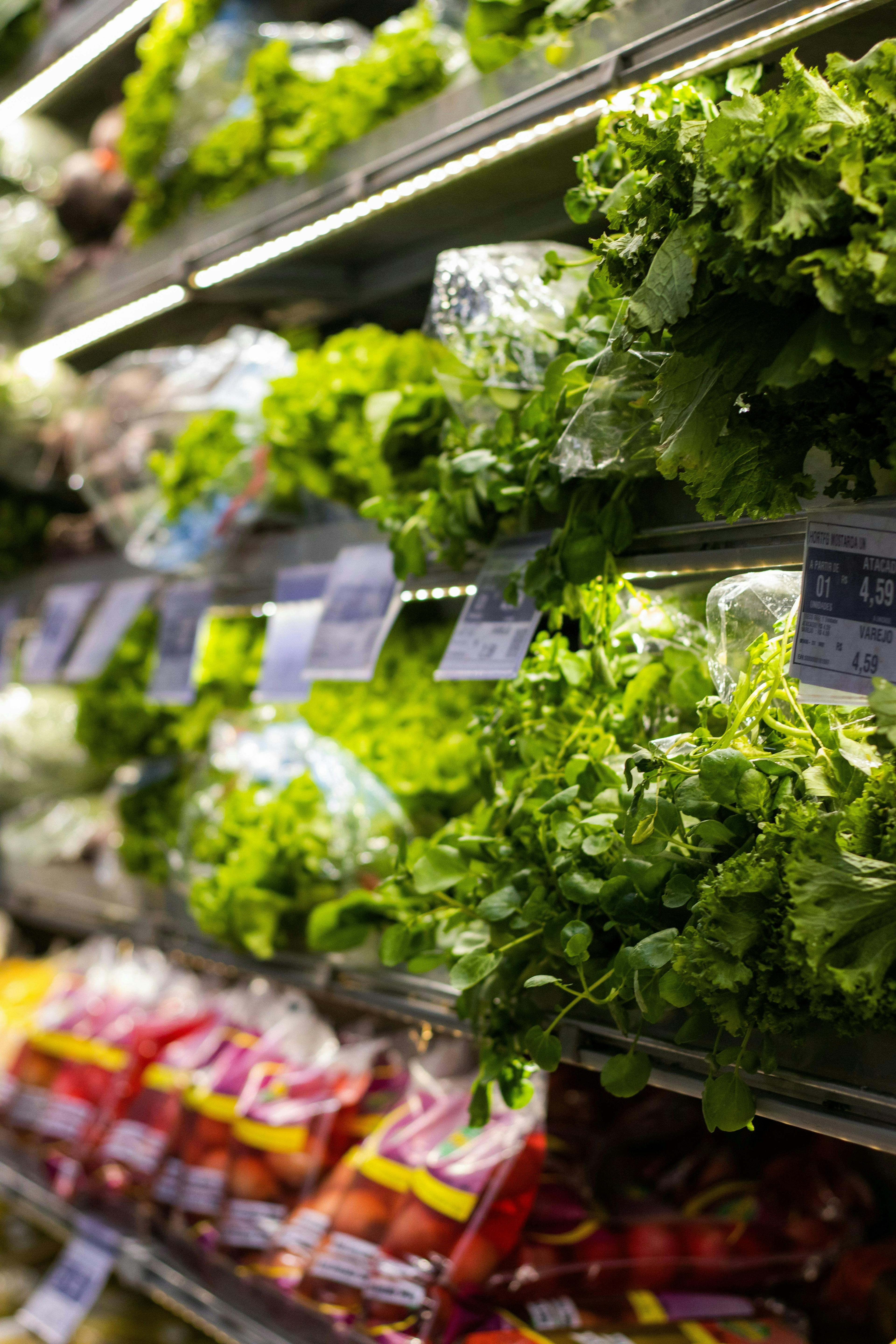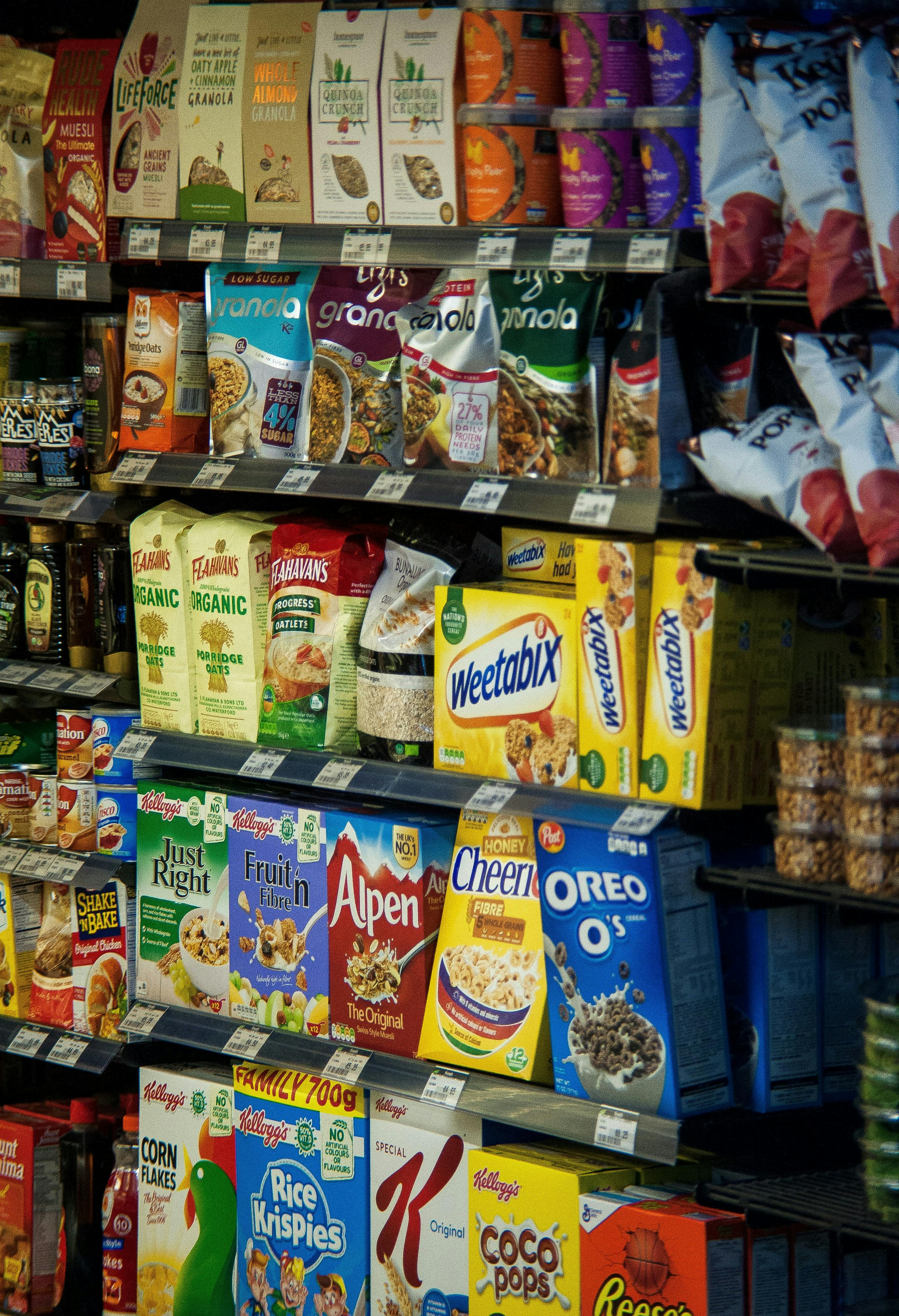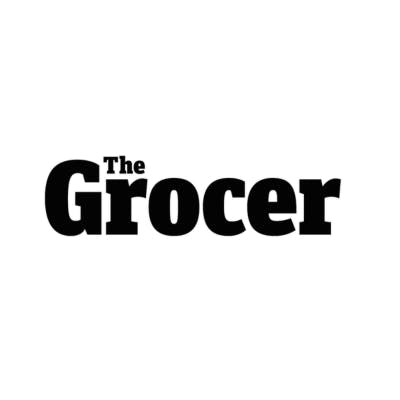Kids Food Guarantee
In the face of rising food prices and food insecurity, supermarkets should have a set of actions in place to ensure healthy affordable food is available to all children. Questionmark partnered with the Food Foundation to research whether the healthiest food products also the most affordable food products?
In the coming year, the prices of several staple food products will be compared on the affordability of healthy products. Ideally, the cheapest products would be those with the best high profile: low in sugar and low in price. In addition, healthy products are abundant in multibuy promotions.
Multibuys
Multibuy promotions offer a price discount upon the sale of more than one product (3-for-2 deals, 1+1 free). Research tasked by the UK government in 2020 presents evidence multibuy promotions encourage consumers to buy more of a product category. Consequently, the government planned to ban multibuy offers on unhealthy food but have unfortunately postponed this by another two years to 2025. A striking development considering the following evidence after researching retailers in the UK:
- Almost one third (29%) of multibuy deals are on unhealthy food in the United Kingdom.
- Including alcohol, 1 in 4 promotions is on alcohol.
- Only 3.8% percent of promotions are on fruit and vegetables
Some retailers, like Tesco and Sainsbury’s, have taken the lead by committing to ban multibuy sales despite the government’s postponement of legislation. Other retailers should follow in their footsteps and focus on providing affordable nutritious food.
Find out moreUpdates
The affordability and accessibility of fruit, vegetables and wholegrain
The affordability and accessibility of fruit and vegetables
News
Partners

Partner






